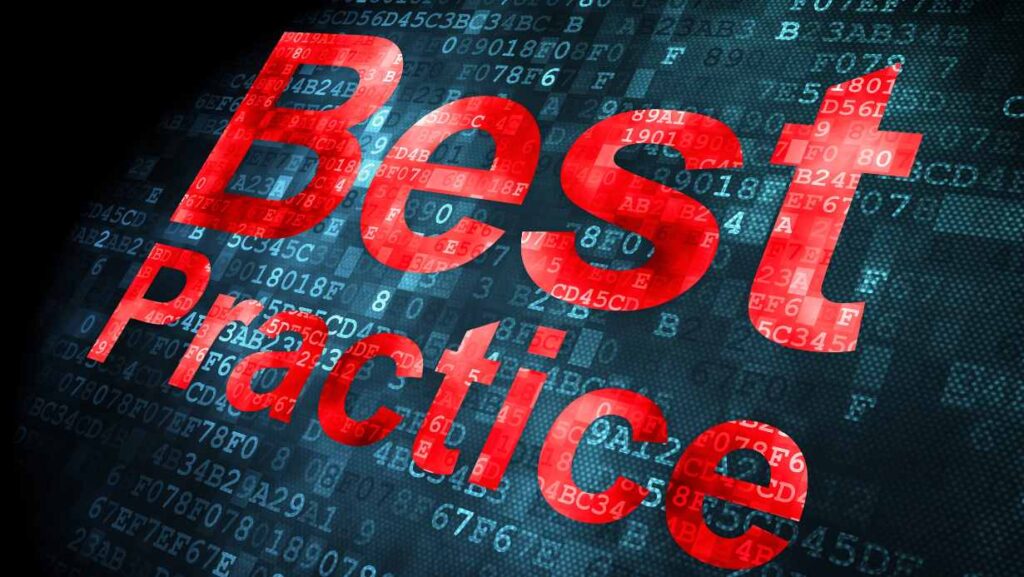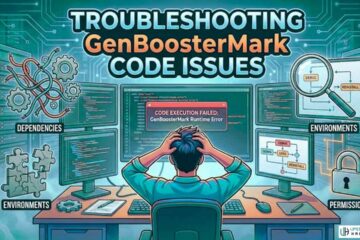Understanding Data Protection
In today’s digital age, where data plays a pivotal role in businesses and individuals’ lives, ensuring data protection has become paramount. Organizations and individuals are at constant risk of data breaches, cyber-attacks, and privacy violations. In this article, we will explore the best practices for data protection to safeguard sensitive information from unauthorized access and maintain the trust of customers and clients.
What is Data Protection?
It refers to the process of safeguarding data from unauthorized access, disclosure, alteration, or destruction. It involves measures and protocols that prevent sensitive information from falling into the wrong hands.
Why is Data Protection Important?
It is crucial for several reasons. Firstly, it protects the privacy and confidentiality of individuals’ personal and financial information. Secondly, for businesses, data is a valuable asset that, if compromised, could lead to financial losses and reputational damage. Lastly, compliance with data protection regulations is essential to avoid legal consequences.
Legal and Regulatory Aspects of Data Protection
Various countries have enacted data protection laws and regulations to govern how organizations handle and store personal data. For instance, the General Data Protection Regulation (GDPR) in Europe sets strict guidelines for data protection, emphasizing transparency, consent, and individuals’ rights.
Data Protection Best Practices: What You Need to Know

1. Understanding Data Protection Fundamentals
In this section, we’ll lay the foundation by explaining the core concepts of data protection. We’ll cover data classification, encryption, access controls, and more. By understanding these fundamentals, you’ll be better equipped to implement effective measures.
2. The Role of Data Protection in Compliance
Explore how data-protection aligns with various regulations and laws, such as GDPR, CCPA, and HIPAA. Learn how compliance plays a pivotal role in data-protection, ensuring legal and ethical practices.
3. Data Privacy in the Digital Age
The digital landscape has transformed the way we handle data. This section focuses on the challenges of maintaining data privacy in a world of social media, cloud computing, and interconnected devices.
4. Protecting Personal Data: Tips for Individuals
Individuals also play a crucial role in data protection. Here, we’ll discuss practical tips for safeguarding personal information, including password management, phishing awareness, and secure online practices.
5. Securing Business Data Assets
For businesses, data protection is paramount. Discover strategies to protect valuable business data, intellectual property, and customer information from cyber threats and internal risks.
6. Building a Strong Strategy
A well-designed data protection strategy is essential for any organization. We’ll provide a step-by-step guide to creating a robust plan that encompasses prevention, detection, and response.
7. Leveraging Data Loss Prevention (DLP) Solutions
Data Loss Prevention (DLP) solutions are critical tools for identifying and mitigating data breaches. This section delves into DLP technologies, their benefits, and their integration into your data-protection framework.
8. Cloud Data Protection Best Practices
With the increasing adoption of cloud services, securing data in the cloud is vital. Learn about the best practices to ensure data safety in cloud environments.
9. Data Backups and Disaster Recovery
Data loss can occur due to various reasons, including hardware failure and cyberattacks. Here, we’ll discuss the importance of regular backups and how disaster recovery planning can minimize the impact of data loss.
10. The Human Factor in Data Protection
Human error remains one of the leading causes of data breaches. Explore ways to raise awareness among employees and promote a culture of data security.
11. Mobile Device Security

As mobile devices become integral to our lives, they also present unique data-protection challenges. Discover tips for securing data on smartphones and tablets.
12. Role-Based Access Control (RBAC)
RBAC is a fundamental concept in data protection. Learn how RBAC helps manage access to data based on users’ roles and responsibilities.
13. Multi-Factor Authentication (MFA)
MFA adds an extra layer of security to user accounts. Find out how MFA works, and why it is crucial for data-protection.
14. Data Encryption: Ensuring Confidentiality
Encryption is a powerful tool to protect data confidentiality. Explore different encryption methods and their applications.
15. Cybersecurity Incident Response
Even with robust preventive measures, incidents may occur. Learn how to prepare for and respond to cybersecurity incidents effectively.
16. Employee Training and Awareness
Training employees on data-protection is an ongoing process. Discover the elements of effective training programs.
17. Data Protection Impact Assessments (DPIA)
DPIAs help identify and mitigate privacy risks associated with data processing activities. Learn how to conduct a comprehensive DPIA.
18. Secure Data Destruction
Properly disposing of data is critical, especially when it’s no longer needed. Explore secure data destruction methods.
19. Protecting Data during Remote Work
With the rise of remote work, securing data beyond the corporate network is vital. Learn how to protect data when employees work from home or on the go.
20. Data Breach Preparedness and Response
No organization is immune to data breaches. This section focuses on preparing for and responding to data breaches efficiently.
21. Blockchain and Data Protection
Blockchain technology holds promise for enhancing data security. Understand how blockchain can be used to protect data.
22. Data Protection in IoT (Internet of Things)
The proliferation of IoT devices presents new challenges for data-protection. Learn about securing data in IoT ecosystems.
23. Managed Security Services Providers (MSSPs)
Outsourcing data-protection to MSSPs can be beneficial for some organizations. Explore the role of MSSPs in enhancing data security.
24. Data Protection and Artificial Intelligence (AI)
AI technologies can revolutionize data protection efforts. Discover the intersection of AI and data-protection.
25. Best Practices for Small Businesses
Small businesses face unique data challenges. We’ll provide tailored advice for securing data on a smaller scale.
Data Protection and Business Success

Customer Trust and Reputation
Implementing robust data-protection measures fosters customer trust and confidence in an organization. Customers are more likely to do business with companies that prioritize their privacy and data security.
Compliance with Regulations
Adhering to protection regulations helps businesses avoid fines and legal consequences. Compliance demonstrates a commitment to ethical practices and responsible data handling.
Avoiding Data Breach Costs
Data breaches can lead to substantial financial losses due to potential legal liabilities, compensation to affected individuals, and the cost of rebuilding trust with customers.
Data Protection Challenges and Solutions

Adapting to Evolving Threats
As technology advances, so do cyber threats. Organizations must continually update their data-protection strategies to stay ahead of evolving threats.
Balancing Security and Usability
While strong security measures are essential, businesses must strike a balance to ensure data-protection doesn’t hinder user experience and productivity.
Cloud-Based Data Protection
With the increasing adoption of cloud services, securing data stored in the cloud becomes crucial. Encrypting data, managing access controls, and choosing reputable cloud providers are essential steps.
The Future of Data Protection

Emerging Technologies
The future of data-protection lies in emerging technologies like Artificial Intelligence (AI), Machine Learning (ML), and Blockchain, which can improve data security and privacy.
Ethical Considerations
As data collection becomes more pervasive, ethical considerations related to data usage, consent, and privacy will gain prominence.
Conclusion
Data protection is an ongoing journey, requiring continuous learning and adaptation. By implementing these best practices and staying informed about the latest developments, you can bolster your data security and protect your information from emerging threats. Remember, it is not just a legal requirement; it’s a responsibility that ensures trust and confidence among your customers, partners, and stakeholders.
FAQs
How often should I update my data protection strategy?
Data protection is an evolving process. Regularly review and update your strategy to adapt to new threats and compliance requirements.
What are the consequences of a data breach?
A data breach can lead to financial losses, reputational damage, legal consequences, and loss of customer trust.
Should I invest in cybersecurity insurance?
Cybersecurity insurance can provide an extra layer of protection, but it should not replace robust data protection measures.
Can data protection be fully automated?
While automation can streamline certain aspects, human oversight and decision-making are crucial for effective data protection.










